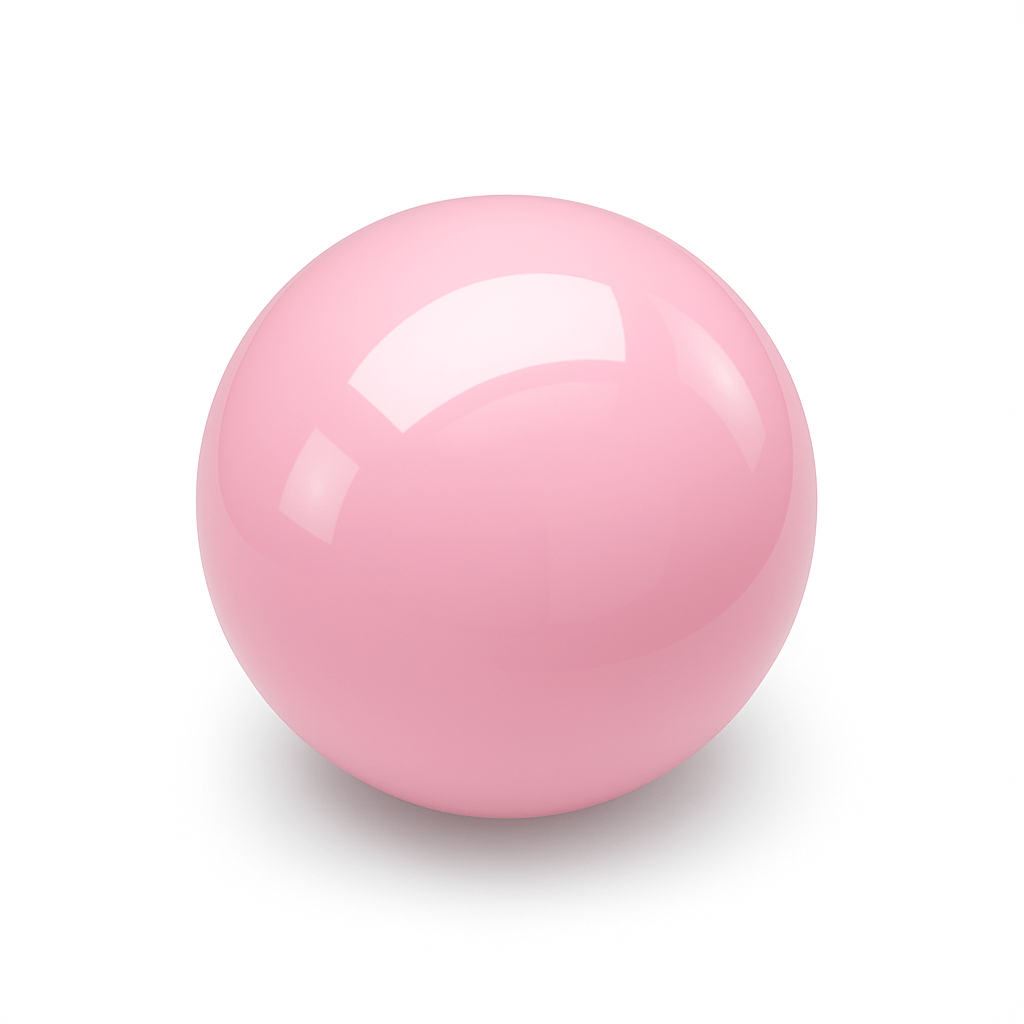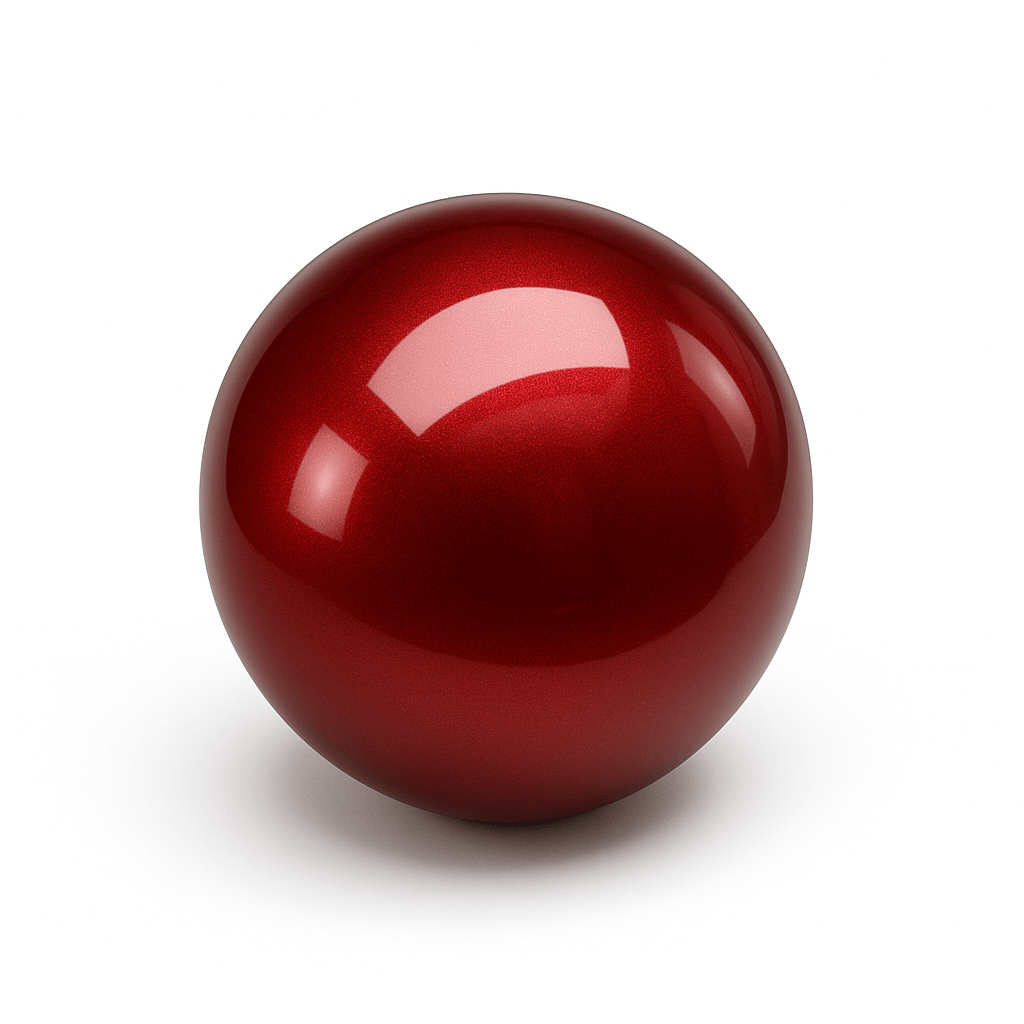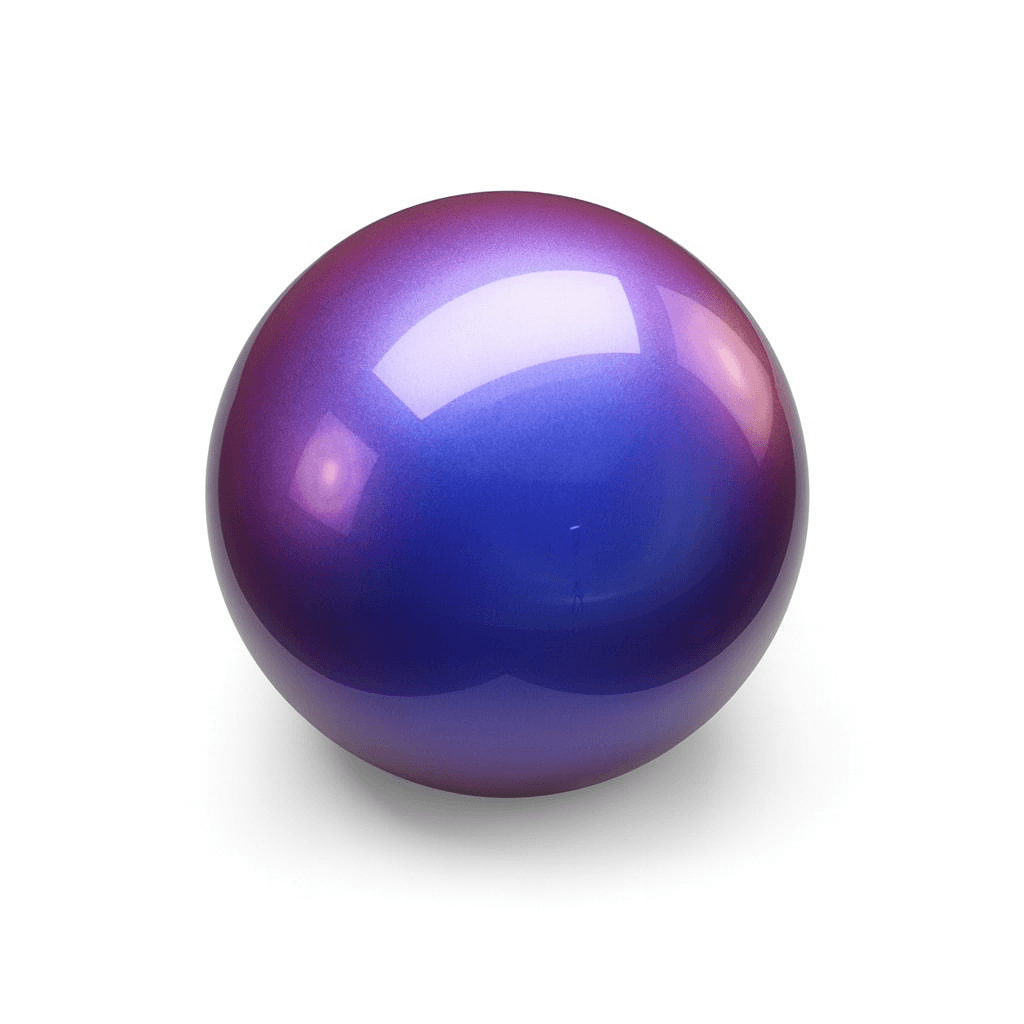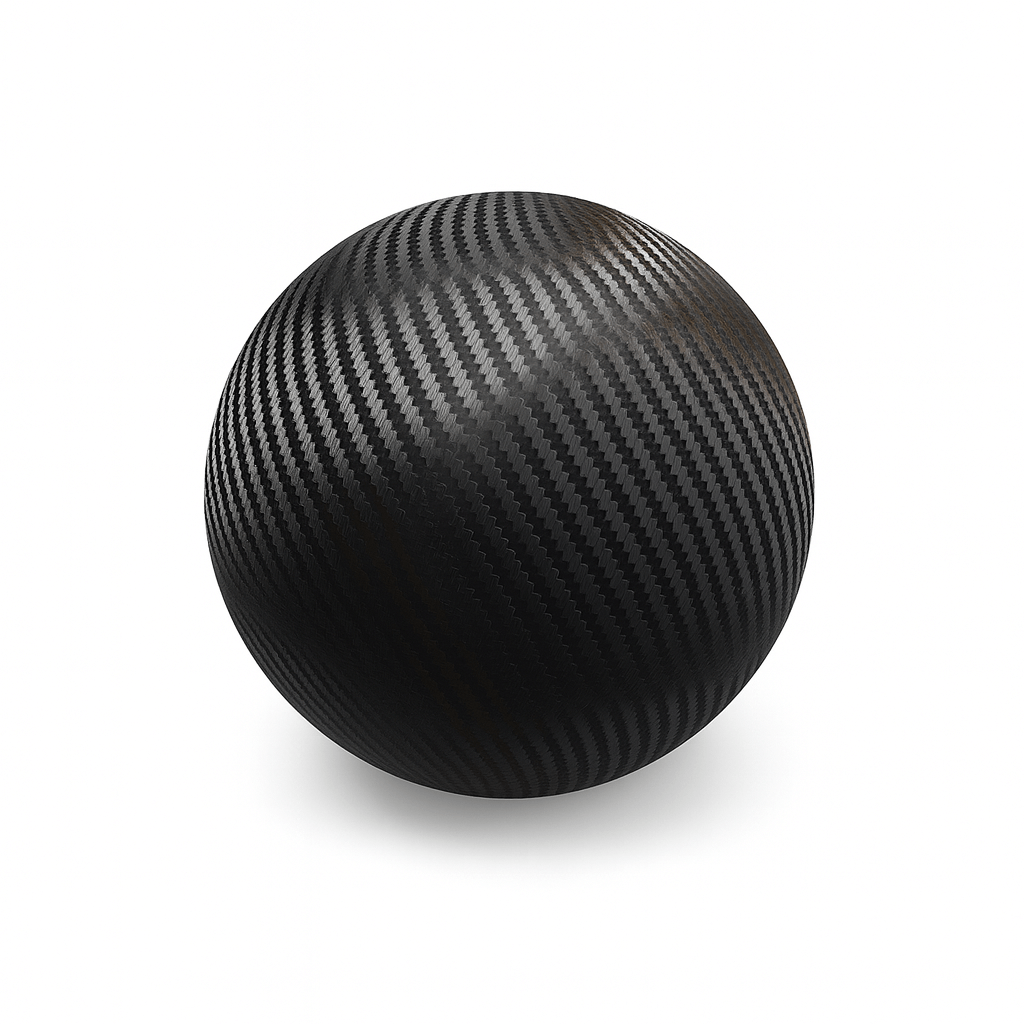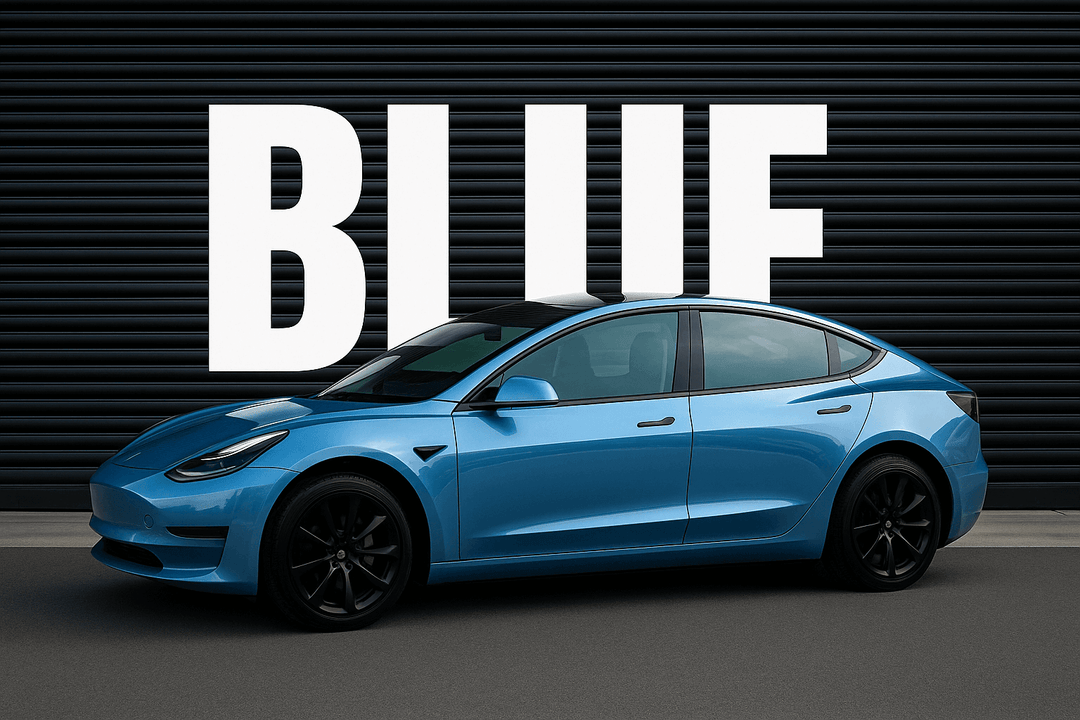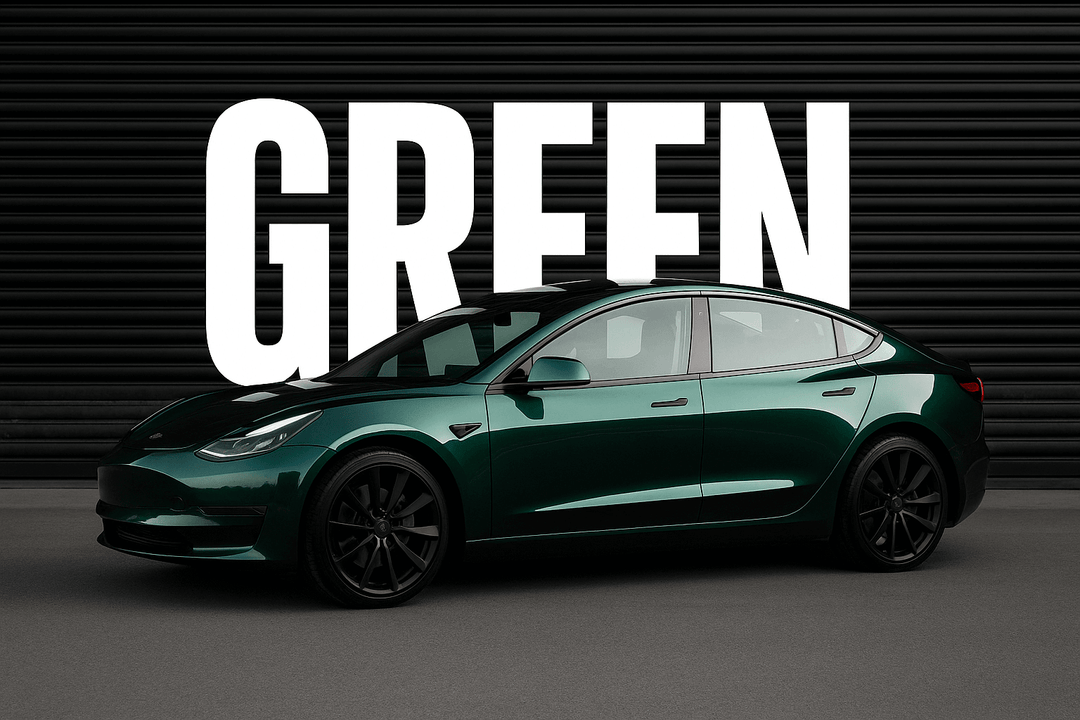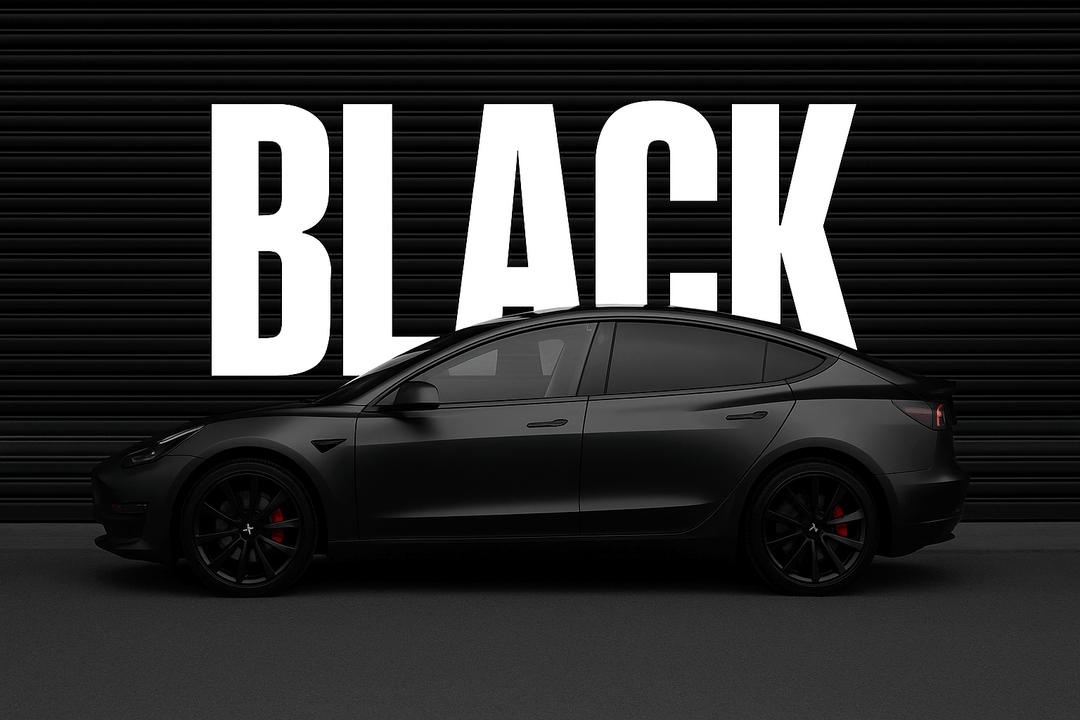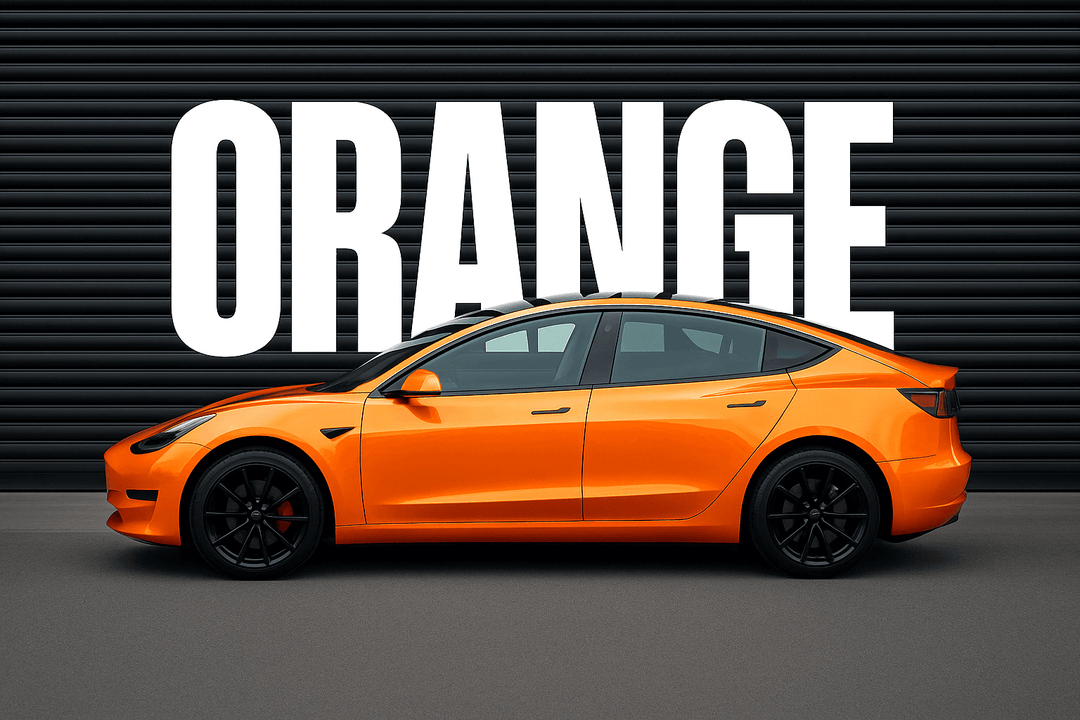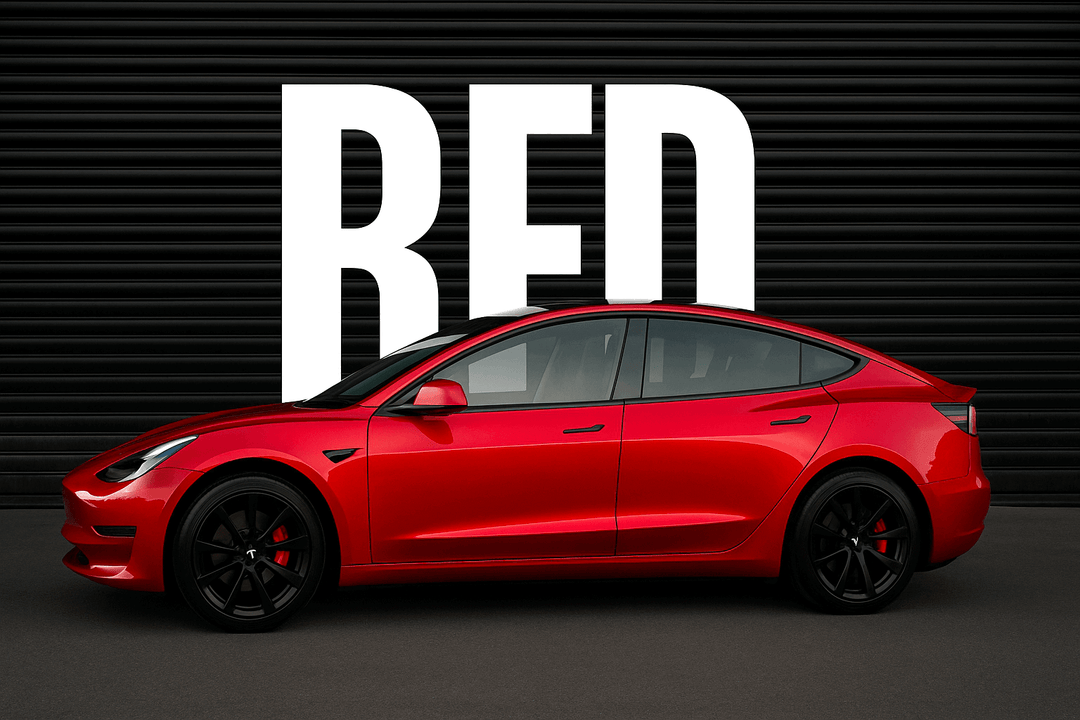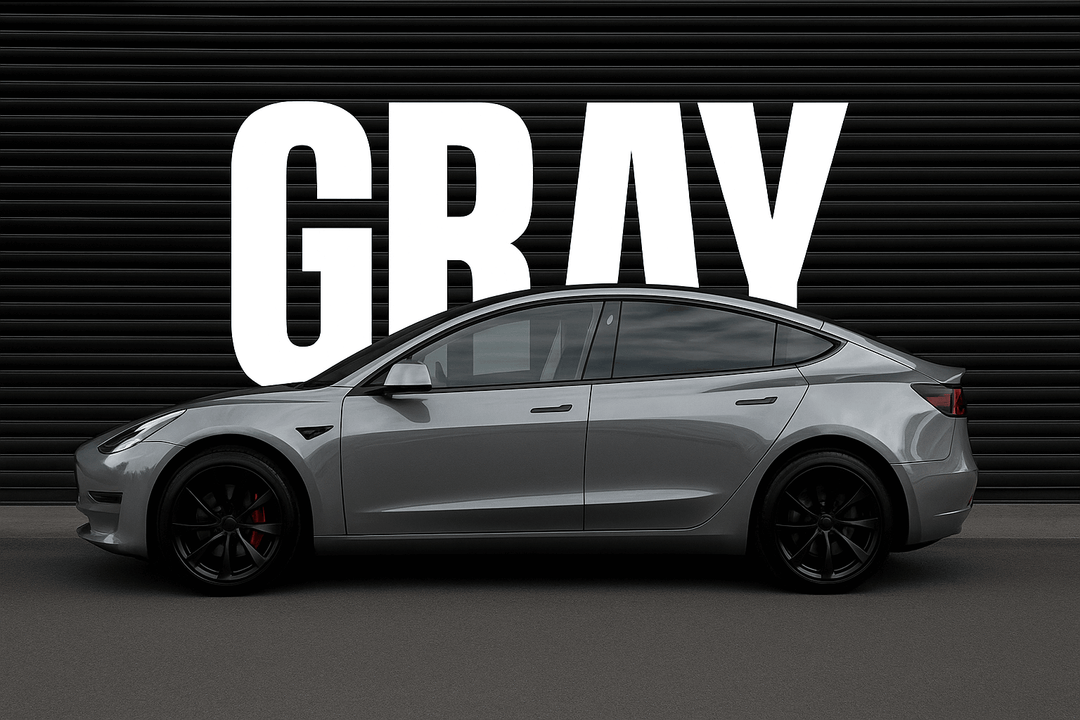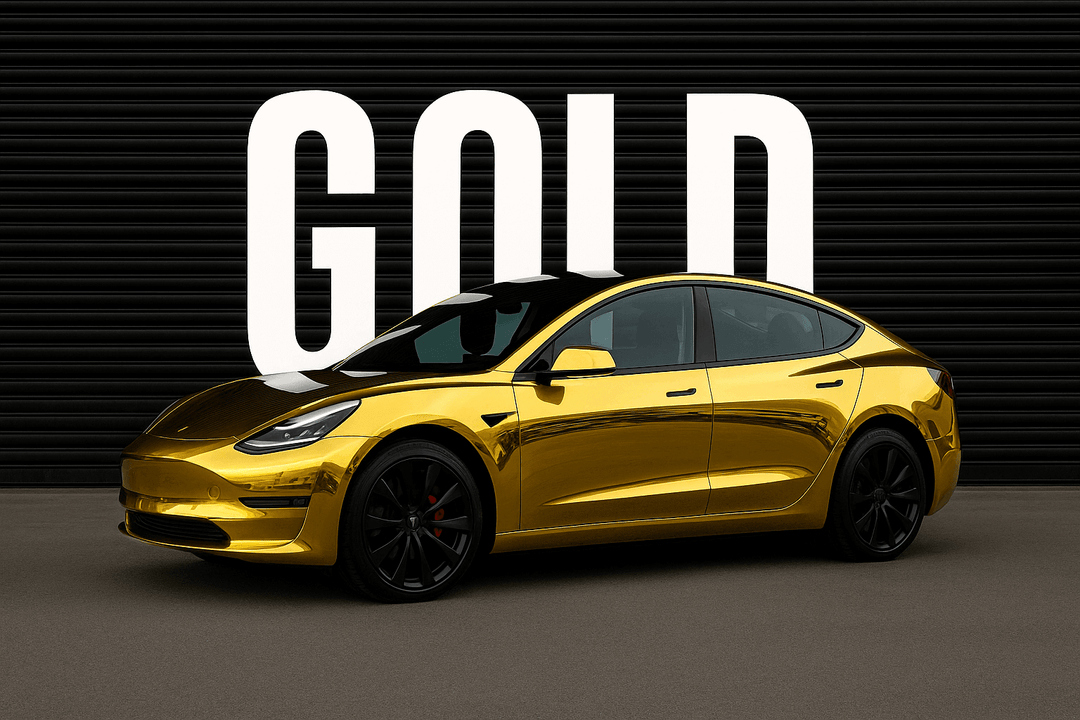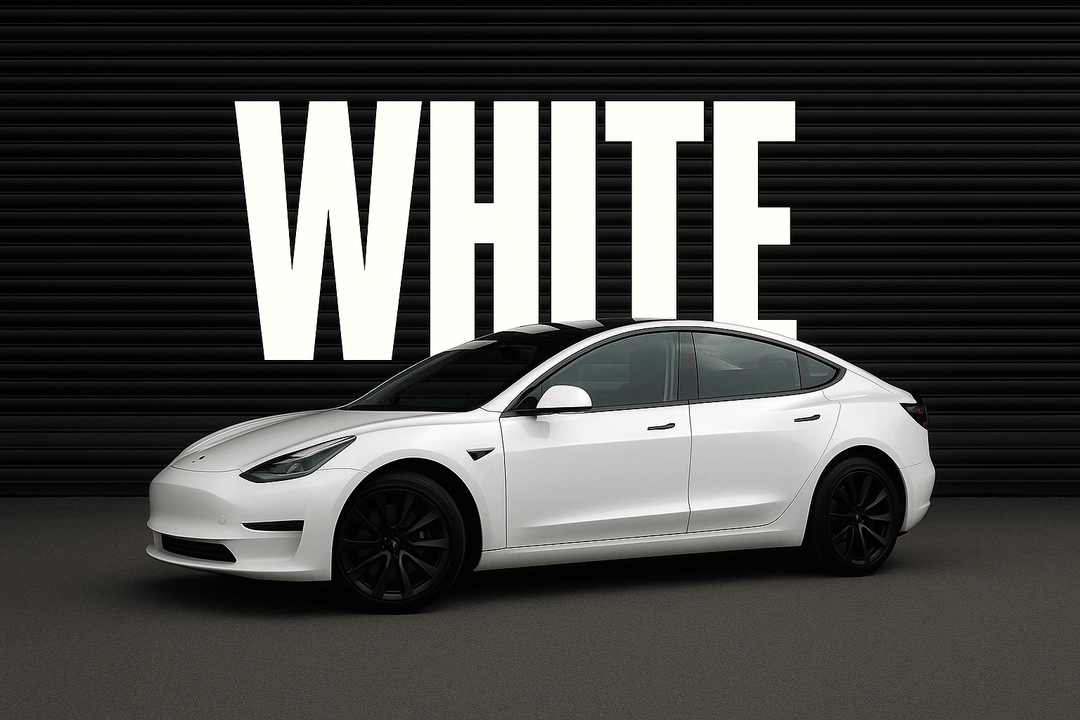When to Remove or Replace Car Wrap
Car wraps do more than just make your vehicle look amazing. They offer protection for your original paint and let you customize your car without a drop of paint. From bold color shifts to sleek matte finishes or full-on branded graphics, vinyl wraps are a flexible way to stand out.
But here’s the truth — even the best wraps don’t last forever, vinyl's durability is not that long, don't be obsessed with big brands, spending more money is not that magical.
You might have a full vinyl wrap on your daily driver or just a partial design on your company van. Either way, wear and tear are inevitable. Sunlight, weather, road debris, and time all take a toll. And the last thing you want is to ignore small issues until they become big, expensive ones.

So that brings us to the big question:
How do you know when it’s time to remove or replace your vinyl wrap?
Let’s break it down so you know exactly what to look for and what to do next.
How Long Does a Car Wrap Typically Last?
Let’s get straight to the point: a high-quality car wrap can last anywhere from 3 to 7 years. But that range isn’t set in stone. Some wraps start to show wear at the three-year mark, while others still look fresh at seven.
So what makes the difference?
Car wrap life expectancy depends on a few key factors. If you want your wrap to go the distance, here’s what you need to pay attention to:
1. Material Quality
Not all vinyl is created equal.
Cast vinyl is the premium option. It’s thinner, more flexible, and built to last longer.
Calendered vinyl is cheaper but thicker and more prone to shrinkage over time.
Want your wrap to hold up for years? Go with high-grade vinyl wrap from Yeswrap.
2. Installation Technique
Even the best vinyl won’t last if the installation is sloppy.
A proper installation means:
-
Smooth application with no bubbles
-
Strong edge sealing
-
Correct use of heat and tension
Bad installs can lead to early peeling, bubbling, or lifting, especially around edges and curves.
3. Climate and Environmental Exposure
Where you live plays a big role.
If your car is exposed to intense sunlight, humidity, acid rain, or road salt, expect a shorter wrap lifespan. UV rays fade colors. Salt and moisture can sneak under loose edges.
Cars parked outside all day age faster than those kept in a garage.
4. Vehicle Washing Habits
Washing your car the wrong way can do more harm than good.
Automatic car washes with brushes can scratch or lift vinyl edges. Harsh chemicals can stain or dry out the wrap.
Hand washing with a gentle soap is the best way to maintain your wrap. And don’t forget to dry it properly; otherwise, standing water can leave marks over time.
So remember this: Car wrap life expectancy depends on the materials you choose, the installer you trust, your driving environment, and how well you take care of it.
Signs It’s Time to Remove or Replace a Car Wrap
Over time, wraps start to show their age, and those small imperfections can quickly turn into bigger issues. Whether you’re driving a branded work van or a wrapped sports car, knowing when to act is the key to keeping your vehicle looking sharp.

Here are the most common signs that it’s time to remove or replace your car wrap:
A. Fading or Discoloration
If your once-bold color is now dull or washed out, sun exposure is likely the culprit.
UV rays break down the pigments in the vinyl, especially in bright or hot climates. Not only does this affect your car’s appearance, but if you’re using a commercial wrap, faded graphics or logos can make your brand look outdated or unprofessional.
B. Peeling or Lifting Edges
This is one of the most obvious signs your wrap is failing.
You’ll usually see this happen around the hood, bumpers, door handles, or corners. Once the edges start lifting, moisture and dirt can creep in, making the problem worse.
Peeling doesn’t just look messy — it can lead to permanent damage underneath.
If you see lifting edges, don’t wait. The sooner you act, the easier it is to fix.
C. Cracking or Bubbling
Cracks and bubbles aren’t just cosmetic.
They show that the vinyl is brittle or improperly adhered, often due to age or poor installation.
You might notice small air bubbles forming under the surface or see parts of the wrap breaking apart. These areas can trap moisture, which makes the issue worse over time.
If your wrap is cracking like an old sticker, a replacement is your best move.
D. Permanent Stains or Contaminants
Wraps are durable, but they’re not invincible.
Bird droppings, sap, oil stains, and chemical spills can leave permanent marks if not cleaned quickly. Some stains become impossible to remove, and once that happens, the only solution is a new wrap.
Think of it like your clothing. If a stain can’t be cleaned, you don’t keep wearing it.
E. Wrap No Longer Matches Your Brand or Style
This one is often overlooked.
Maybe your business got a logo update. Maybe you’ve rebranded your colors. Or maybe your personal taste has simply changed.
If your wrap no longer reflects your current look or style, replacing it can instantly upgrade your image. A clean, modern design makes your vehicle feel new again — even if it’s the same ride underneath.
F. Wrap Warranty Has Expired
Most high-quality vinyl wraps come with a 2 to 3-year warranty. After that, it’s fair game.
Even if the wrap still looks decent, older materials are more prone to failure. The adhesive weakens. Colors fade. Edges lift. Once you’re past the warranty period, it’s smart to monitor your wrap closely.
If you're planning a rewrap anyway, this is the perfect window to do it.
G. Physical Damage from Accidents
Fender benders happen. So do scratches, dents, and door dings.
If your vehicle has been in an accident or suffered surface damage, the wrap might be torn, stretched, or misaligned. In some cases, you can get away with replacing a single panel. But for bigger damage, a full wrap replacement may be the only option.
If your car is showing any of these signs, don’t ignore them. A fresh wrap not only protects your vehicle but also boosts its value and visual impact. Take a close look at your wrap today. It might be time for a change.
Should You Remove the Wrap or Replace It?

So you’ve spotted some wear — now what?
Should you simply remove the wrap and go back to your original paint, or should you replace it with something new?
Here’s how to decide:
✅ Replace the Wrap if It’s Still in Good Shape but Outdated
Sometimes your wrap isn’t damaged, it’s just no longer the look you want.
Maybe your brand has a new color scheme. Maybe your style has changed. Or maybe the design just doesn’t turn heads like it used to.
If the vinyl is still smooth, clean, and properly adhered, this is the perfect time to swap it out for a fresh wrap. You won’t have to worry about deep cleaning or repairing paint underneath, and the installation process will go smoothly.
❌ Remove the Wrap if It’s Damaged, Cracked, or Peeling
If your wrap is showing signs of failure, like peeling edges, cracks, bubbling, or deep stains. You’ll need to remove it completely.
Trying to wrap over a damaged surface is like painting over rust. It won’t look good, and it won’t last.
Removing the old wrap gives you a clean slate and ensures that your next wrap adheres correctly and lasts longer. Plus, it protects your car’s paint from further damage.
Risks of Prolonged Vehicle Wrap Usage
Vinyl wraps are designed to protect your car’s surface, but only for so long.
If you leave a worn-out wrap on your vehicle for too long, you risk doing the opposite of what wraps are meant to do. Instead of protecting your paint, it can actually start to damage it.
Here’s why you shouldn’t wait too long to remove or replace your wrap:
1. Harder to Remove
As vinyl ages, it becomes brittle.
The adhesive starts to break down and bonds more aggressively to your car’s paint. When it’s time to remove the wrap, it won’t come off cleanly.
This makes the removal process harder, more time-consuming, and more expensive, especially if you need to hire a pro.
2. Paint Damage Risk
Cracked, dried-out vinyl can pull paint off with it.
When the adhesive fuses too tightly with the surface, removing the wrap can strip clear coat or even chunks of paint. What started as a cosmetic upgrade could turn into a costly body repair job.
3. UV Damage and Staining
Faded wraps stop blocking UV rays effectively.
Once the top layer of the wrap wears down, sunlight can seep through and fade the paint underneath. Worse, if there are holes or cracks in the wrap, dirt and moisture can get trapped, causing stains or corrosion.
What’s worse, the longer you wait, the more visible the contrast between exposed and protected paint becomes.
4. Appearance Decline and Brand Harm
If you're using a wrap for business, a worn-out design gives off the wrong message.
Cracked logos, peeling graphics, and faded colors can make your company look careless or outdated. Even for personal vehicles, an aged wrap takes away from your car’s appearance and value.
Final Thoughts
Your vinyl wrap has done its job — protecting your paint, turning heads, and giving your car a custom look.
But like anything else on your vehicle, it won’t last forever.
Now’s the time to take a closer look. Walk around your car. Check for peeling edges, fading colors, cracks, or bubbling. Even if everything looks fine, ask yourself: Does this still reflect your style or brand?
If the answer is no, it might be time to act.
Replacing or removing a wrap at the right time keeps your vehicle looking its best and helps you avoid costly repairs later. So take a few minutes today, inspect your wrap, and start planning your next move.
FAQs
Q: Can a car wrap be removed without damaging paint?
A: Yes, if it's done correctly and the wrap is not too old.
Q: How often should I replace my vinyl wrap?
A: Every 3–5 years is common, depending on exposure and care.
Q: What happens if I don’t replace a damaged wrap?
A: It may allow moisture underneath, potentially harming your car’s surface.
Q: Can I replace just part of the wrap?
A: Yes, panel replacements are possible if the color/finish matches.
Related Resource
How Long Does Vinyl Car Wrap Last
How to Prevent Your Car Wrap from Peeling
How to Protect Your Car Wrap from Fading


